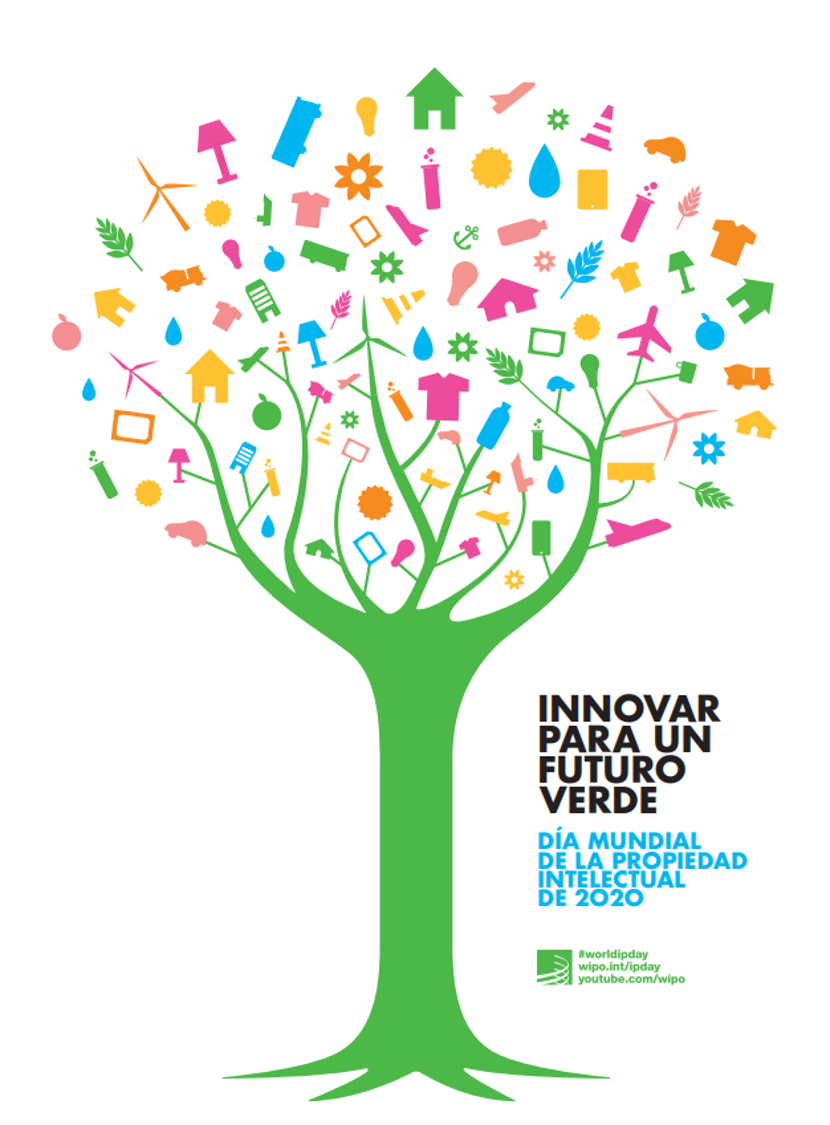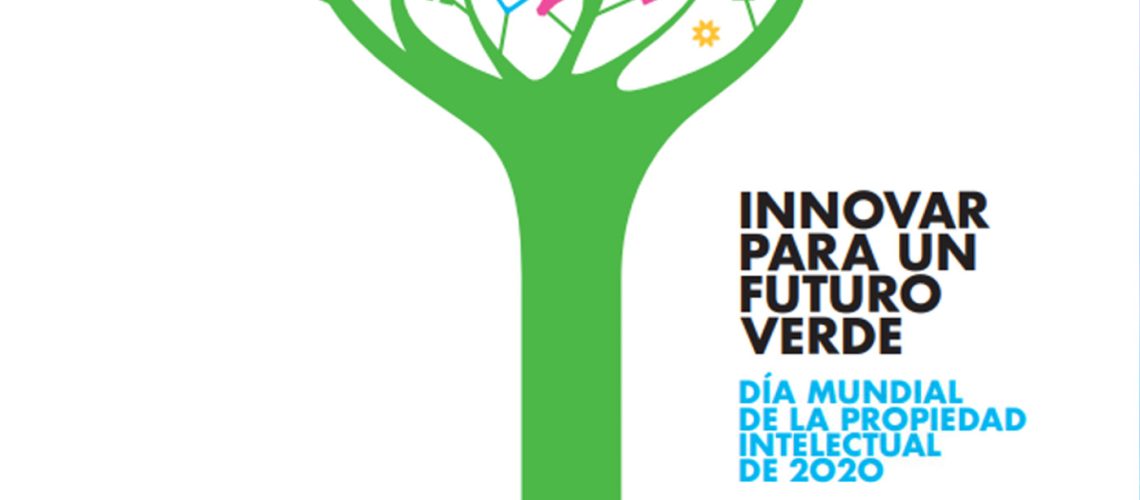This year 2020, the World Intellectual Property Day, was celebrated with the slogan “Innovate for a green future".
This is not the first time that WIPO takes advantage of this important date to focus on the role that intellectual property must play in the so-called ecological transition. Already in 2009, under the motto “Promoting ecological innovation as an essential element to secure the future”, WIPO dedicated part of its special issue to analyzing what intellectual property mechanisms and strategies could favor sustainable technological innovation.

At that time, the Eco-Patent Commons initiative, which had the support of large companies such as IBM or Nokia. The objective was to allow free access by any user in the world to a set of patents over which the participating companies undertook not to exercise rights, as long as said patents were used for the purpose of innovating and implementing industrial processes in the field of The sustainability. Despite the ambitious nature of the initiative, the most recent studies on the subject suggest that its practical effects on the dissemination of green technologies were modest, among other things due to issues arising from the structure of the organization, the lack of monitoring of the use of the patents provided and the absence of mechanisms that would allow effective technology transfer - especially important in the case of complex patents.
However, the discontinuation of Eco-Patent Commons in 2016 should not be perceived as a failure. On the one hand, it constitutes a learning point on which to support similar projects in the future. On the other hand, Eco-Patent Commons has contributed significantly to promoting the debate on the applicability of open intellectual property strategies to the field of sustainable technological innovations, questioning in particular whether strategies based on open source They can replicate the success achieved in the software world.
One of the most famous examples of an open intellectual property strategy on patents with ecological applications is that of Tesla. In 2014, the company surprised when its CEO, Elon Musk, announced that from now on Tesla would not take legal action against those who, in good faith, used its technology. Beyond the fact that Tesla stated as the main reason for this decision the desire to follow the spirit of the movement open source to promote the development of the electric car in order to stop climate change, it is evident that this is a decision with strong strategic implications. Allowing other manufacturers to use Tesla's innovations reduces the barriers for new companies to enter the electric car market, which will eventually lead to strengthening the ecosystem in which Tesla operates (improving the network of suppliers, refueling stations, etc.). This, in turn, will increase demand for electric cars, from which Tesla will potentially benefit.
Tesla's is just an example of how Closed or protectionist intellectual property strategies are not always the solution. In the field of sustainable innovations, furthermore, the decision between protectionist and open or collaborative strategies can be particularly affected by CSR, reputational and regulatory issues.
From a regulatory point of view, various proposals have been put forward, some of which seek to encourage investment in green technologies (through tax regimes favorable to licensing or the implementation of rapid procedures in patent applications) and others aimed at increasing the accessibility of patented technologies (for example, limiting the possibility of granting exclusive licenses or creating funds that acquire patents to make them available to the public at a lower cost).
Meanwhile, in 2013, WIPO launched WIPO Green, an online platform that seeks to promote the dissemination of green technologies by facilitating contact between providers of this type of technology and organizations interested in their use. In this case, the platform serves as a connection point, but does not impose conditions on the type of collaboration that will be established between the parties.
Beyond the discussion on intellectual property strategies, the advance of digitalization poses other types of opportunities and challenges from the point of view of sustainability. Specifically, an expanding field that must take into account the environmental aspect in its development in the coming years is that of the data economy. Recently, the European Commission, in its Communication on a European Data Strategy, emphasized that the European data strategy must be aimed not only at increasing the productivity and competitiveness of the markets, but also at benefiting society from the point of view of health, transparency, public services and the environment. . In this sense, Correct use of data can contribute to aspects such as promoting the circular economy, improving sustainability in transportation or better environmental performance of the agricultural sector..
In close relation to the data, Artificial Intelligence has great potential to contribute to achieving the objectives of the European Green Deal. En el White Paper on Artificial Intelligence – a European approach aimed at excellence and trust, published in February of this year, the Commission once again mentions the environmental implications of this type of technology, pointing out its ability to critically analyze the use of resources and energy consumption, as well as to choose when making decisions. decisions for those alternatives that are more positive for the environment.
Against these benefits, on the other side of the scale is the significant ecological footprint associated with data centers and cloud services. For this reason, the Commission highlights, the European Digital Strategy includes measures for the ecological transformation of the ICT sector.
There are undoubtedly many unknowns about which are the most appropriate mechanisms, both from the point of view of business strategy and from the regulatory point of view, to promote innovation and dissemination of green technologies. The questions raised by the search for balance between the benefits and environmental impact of digitalization are equally numerous. What does seem clear is that WIPO wanted to remind us a decade later that Intellectual property, far from being an external actor, will have a determining and facilitating role to successfully navigate the ecological transition process.
Authors: Cristina Espín y Marina Manzanares
Visit our web page





